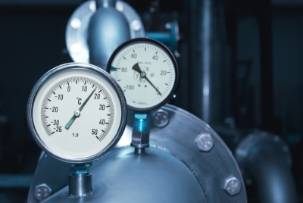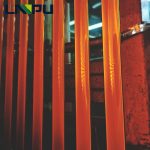Core requirements for wind turbine motor enameled wire
| Performance indicators |
Requirement standards |
Failure risk |
| Temperature resistance level |
H grade (180℃) or C grade (220℃) |
High temperature causes insulation aging and breakdown |
| Salt spray corrosion resistance |
Passed 5000 hours neutral salt spray test (ISO 9227) |
Offshore wind power environment corrosion short circuit |
| Corona resistance life |
>20,000 hours (under 3kV/mm field strength) |
High frequency PWM inversion causes partial discharge damage |
| Mechanical strength |
Bending resistance> 1 million times (pitch-changing condition) |
Winding breakage causes motor failure |
| Environmental protection |
RoHS/REACH compliant |
Export restrictions or fines |
Insulation material selection
Polyesterimide (PEI): low cost, suitable for onshore wind power (temperature resistance 155°C)
Polyimide (PI): temperature resistance 220°C+, radiation resistance, suitable for offshore wind power
Nanocomposite coating: adding Al₂O₃/BN to improve thermal conductivity (such as Elantas PDG 2000)
Conductor Type:
| Type |
Advantages |
Applicable scenarios |
| Round copper wire |
Mature technology, low cost |
Small and medium-sized onshore wind turbines (<5MW) |
| Flat copper wire |
High tank fill rate (+15%), good heat dissipation |
Large offshore wind turbines (≥8MW) |
| Litz Wire |
Low high frequency loss (weak skin effect) |
Double-fed generator high frequency winding |
Environmental resistance verification
Offshore wind power must be inspected for the following:
Salt spray test (5000 hours)
Wet and hot test (85℃/85%RH, 1000 hours)
UV aging resistance (QUV test)
Electromagnetic compatibility
Inverter compatibility: Choose corona-resistant enameled wire (such as Phelps Dodge 155)
Loss control: AC resistance increase at high frequency needs to be <30% (compared to DC resistance)
Certification and standards
International certification: UL certification (USA), CE (EU), CQC (China)
Industry standard: IEC 60317-50 (Specification for wind power enameled wire)





